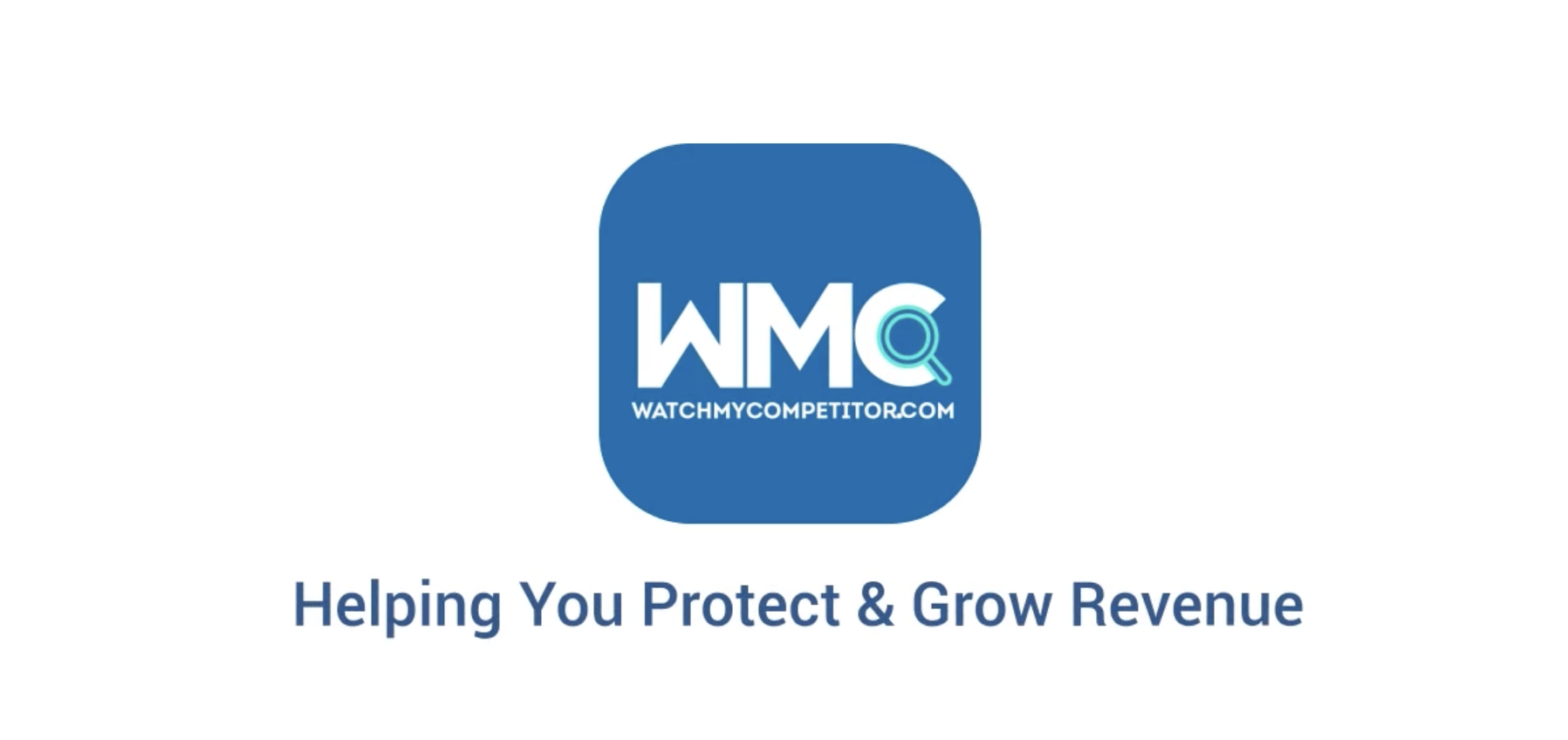As a business professional tasked with making key decisions about pricing strategy, you face a complex set of challenges. Pricing strategy is crucial. It invariably affects a host of key metrics, from long-term customer loyalty to overall sales revenue.
Yet there are dozens of pricing strategies to pick from. And implementing the best possible mix demands careful consideration of market dynamics, customer sentiment and competitor activity.
In this article, we will look at 6 of the most effective competitive pricing strategies. Aside from looking at these competitive pricing examples, we’ll also look at how to implement these strategies for maximum impact.

Understanding Competitive Pricing: The Key Points
Before we look at the key competitive pricing examples, let’s first take a top-down perspective of competitive pricing.
Studies have repeatedly shown that competitive pricing strategies are linked to positive outcomes. But why might this be the case? We believe there are 3 reasons why competitive pricing strategy should be a central and ongoing consideration for your business.
1) Provides a competitive edge
Competitive pricing is essential for gaining a stable, ongoing market advantage. By strategically setting prices in contrast to competitors, your business attracts price-sensitive customers and better defines its value proposition. The balance between attractive pricing and sustainable profit margins is vital for long-term viability.
2) Positions your brand
Your pricing strategy significantly influences your brand image. Speaking somewhat simplistically, premium pricing will position your brand as desirable to affluent customers. On the other hand, economy pricing positions your brand as affordable and accessible, appealing to a broader, price-conscious market.
Appropriate pricing is arguably the most logistically important factor for reaching your intended audience. You may have the most exciting, most sophisticated value proposition on the market, but if the pricing presents an insurmountable barrier to customers, it becomes largely redundant.
3) Influences customers’ behaviour & loyalty
Competitive pricing impacts customers’ long-term purchasing decisions. Prices perceived as fair or advantageous typically encourage customer loyalty and repeat business. In contrast, prices out of step with market expectations or competitor alternatives will likely deter potential customers and incentivise existing customers to drop away.
By leveraging data analytics and market research, it’s possible to fine-tune your pricing strategies to maximise retention while attracting new customers. This iterative process requires continuous monitoring and adjustment, ensuring pricing remains competitive and aligned with evolving market conditions.
6 Important Competitive Pricing Examples
Here are six of the most important competitive pricing examples for businesses to be aware of. A thorough understanding of the various strategies is the first step in knowing which to implement in the context of your unique market conditions and competitor activity.
1) Price matching
Price matching is a strategy where a business agrees to match a competitor’s price for the same product or service. This approach is particularly prevalent in retail environments for non-branded products, where sellers aim to retain customers who might otherwise shop elsewhere for better deals.
With 86% of customers prioritising price comparison between different merchants, matching assures people they are receiving the best available option, fostering loyalty and trust.
In implementing price matching, businesses must employ advanced data analytics and competitive intelligence tools to continuously monitor the market and competitors’ pricing structures. This strategy requires something of a delicate balance to remain profitable while also offering competitive prices.
Additionally, it’s crucial for companies to communicate their price matching policies effectively to consumers, typically through an omnichannel approach, to build and maintain market awareness.
2) Penetration pricing
Penetration pricing is a technique where businesses initially set prices lower than their competitors to attract customers.
This strategy is often employed when launching a new product or entering a new market. The goal is to rapidly gain market share by enticing customers with lower prices, which are then raised once a firm customer base is established.
The application of penetration pricing is based on a detailed understanding of competitor cost structures. You must forecast the volume increase needed to offset lower margins and achieve profitability.
The success of this strategy hinges on the ability to scale operations efficiently and potentially sustain short-term losses for long-term gains. Companies must also be adept at analysing customer behaviour to determine the optimal time for raising prices without alienating new customers.
3) Premium pricing
Premium pricing involves setting prices higher than those of competitors. This strategy is based on the perception that a higher price signals superior quality or exclusivity.
It targets consumers who are willing to pay more for what they perceive as a scarce and niche product or service. Luxury brands often use this approach to reinforce their market positioning. Similarly, when adopting this strategy, you must create a strong brand identity and value proposition that justifies the higher price.
Premium pricing typically involves investing in high-quality materials, superior product design, and exceptional customer service. Additionally, companies employing premium pricing must continuously innovate and maintain the perceived value of their products or services to sustain the higher price point over the long term.
4) Economy pricing
Economy pricing is a cost-focused strategy where prices are kept low by minimising overheads and marketing expenses.
This strategy is common for generic or store-brand products, catering to price-sensitive consumers. It’s a no-frills approach that offers basic products or services at the most affordable prices.
Economy pricing requires that you implement rigorous cost-control processes. You must streamline your operations, supply chain management, and sourcing to reduce production costs, all while leveraging economies of scale to achieve lower unit costs.
Furthermore, you will need to maintain a delicate balance between cost reduction and maintaining acceptable quality standards to ensure customer satisfaction. Effective communication of the value proposition of economy-priced products is also essential to target the right customer segments.
5) Bundle Pricing
Bundle pricing is a strategy where multiple products or services are offered together at a lower price than if they were purchased individually.
This approach is effective for promoting the sale of products or services that may be less popular or moving slowly. It also encourages customers to purchase more items in one transaction, potentially allowing businesses to gain a competitive advantage without reducing overall revenues, where increased sales offset lower prices.
Bundle pricing involves strategic product pairing, understanding consumer buying habits, and offering interesting alternatives in comparison with competitors.
If you’re thinking about adopting this approach, you will need to analyse sales data to identify complementary products that can be bundled together. Often, the key is to create bundles that offer real value to customers, encouraging them to spend more than they would have on a single item.
6) Dynamic pricing
Dynamic pricing is a flexible approach where prices are continuously adjusted in response to real-time market demand, competitor pricing, and other external factors.
This strategy is particularly prevalent in industries like airlines and hotels, where prices can change frequently based on the time of booking, seasonality, and occupancy rates. That said, it has also proven very promising in other sectors.
To successfully implement dynamic pricing, you will need to leverage advanced algorithms and real-time competitive data. This strategy hinges on the ability to accurately forecast demand and adjust prices quickly. You’ll have to integrate data from various sources, including market trends, competitor prices, customer behaviour, and inventory levels.
The challenge with dynamic pricing lies in balancing optimal pricing with customer satisfaction, as frequent price changes can lead to customer distrust. In sectors like e-commerce, dynamic pricing can be a powerful tool to stay competitive, but it must be managed carefully to avoid perceived price unfairness.

How to Apply Pricing Strategies & Overcome Common Challenges
Knowing which pricing strategies to apply and when to apply them is an ongoing challenge. However, with a structured, adaptive approach it’s possible to monitor market conditions consistently and respond accordingly.
There are five core challenges that arise in relation to implementing competitive pricing:
- Knowing which mix of strategies to apply.
- Knowing when to apply specific strategies.
- Gaining accurate competitive intelligence.
- Measuring the success of existing strategies.
- Maintaining price-related positioning.
There are several processes which, when undertaken on an ongoing basis, will give you the information you need to respond to these challenges. They enable you to pick the right strategies in alignment with competitor activity, customer sentiment and market opportunities.
Here is a concise overview of each one:
A) Competitor analysis
Regularly analysing competitors’ pricing strategies and market movements gives you an overview of the competitive landscape. This analysis should include monitoring pricing changes, promotional tactics, and any new product launches. Advanced tools, third-party data providers and software can aid in tracking these factors.
B) Qualitative customer feedback
Gathering and analysing qualitative feedback from customers provides insights into their perceptions and reactions to pricing strategies. This feedback can be sourced through surveys, focus groups, or social media interactions.
It helps in understanding the price sensitivity, expectations and responses to new and existing strategies of your customer base.
C) Measurement of dynamic pricing
Employing analytical tools to monitor and measure the impact of dynamic pricing strategies is crucial. This involves tracking metrics such as sales volume, profit margins, and market share in response to price changes. It enables timely adjustments to pricing in response to fast-changing market conditions.
D) Preliminary testing
Before fully implementing a pricing strategy, conducting preliminary tests such as A/B and multivariate testing on a small scale can forecast potential impact. This testing can help identify the most effective pricing approach and mitigate the risk of large-scale pricing errors.
E) Business goal alignment
Ensuring that pricing strategies align with overall business goals and objectives is fundamental. This alignment should be reviewed periodically to ascertain that pricing tactics are conducive to long-term business growth and sustainability, rather than just short-term gains.
Pricing Strategies: Your Path to Long-Term Business Success
Implementing the right competitive pricing strategies at the right time can significantly impact your most important KPIs, including market share, customer loyalty, overall revenue and growth.
Understanding the 6 competitive pricing examples mentioned in this article will serve as an important first step towards implementation.
Next is choosing the right software that will give you the ability to analyse market conditions and respond with appropriate, competitive pricing. There are currently many options on the market, but there are core factors to take into consideration before proceeding with an investment.
Finally it’s worth considering third-party data providers to supplement your in-house intelligence will help ensure that your pricing remains resilient, dynamic and attractive over the long term.








